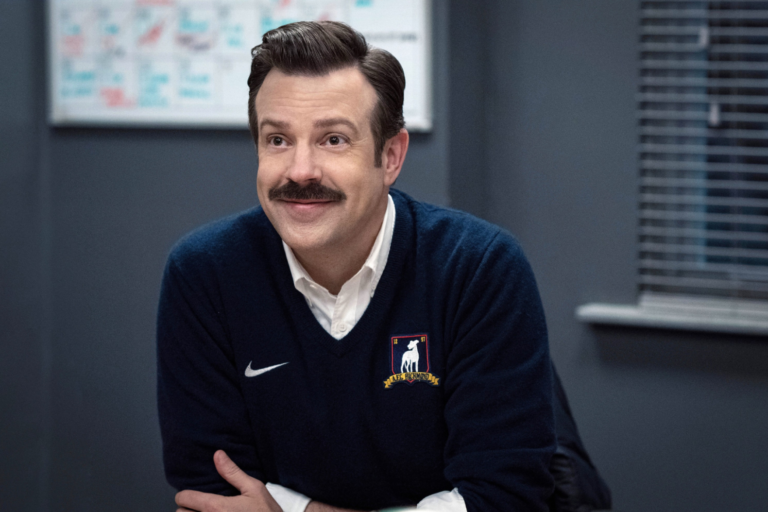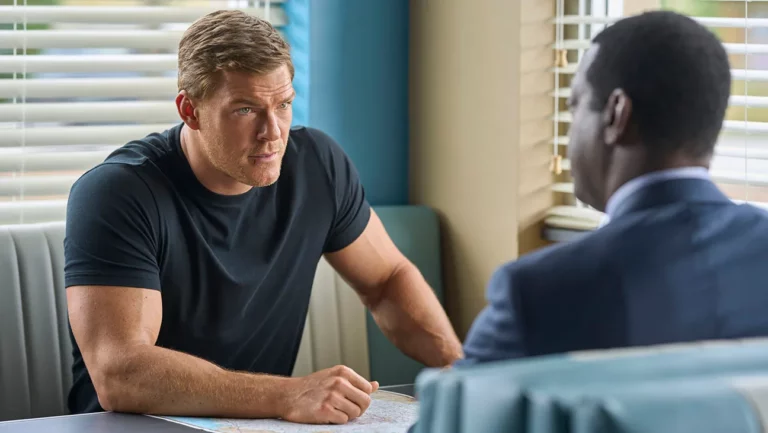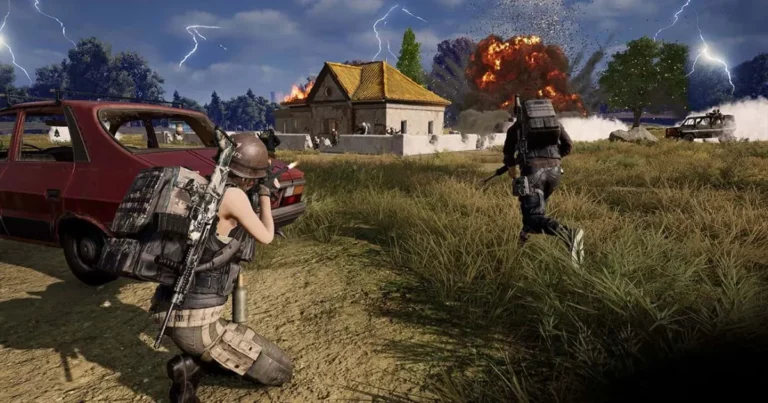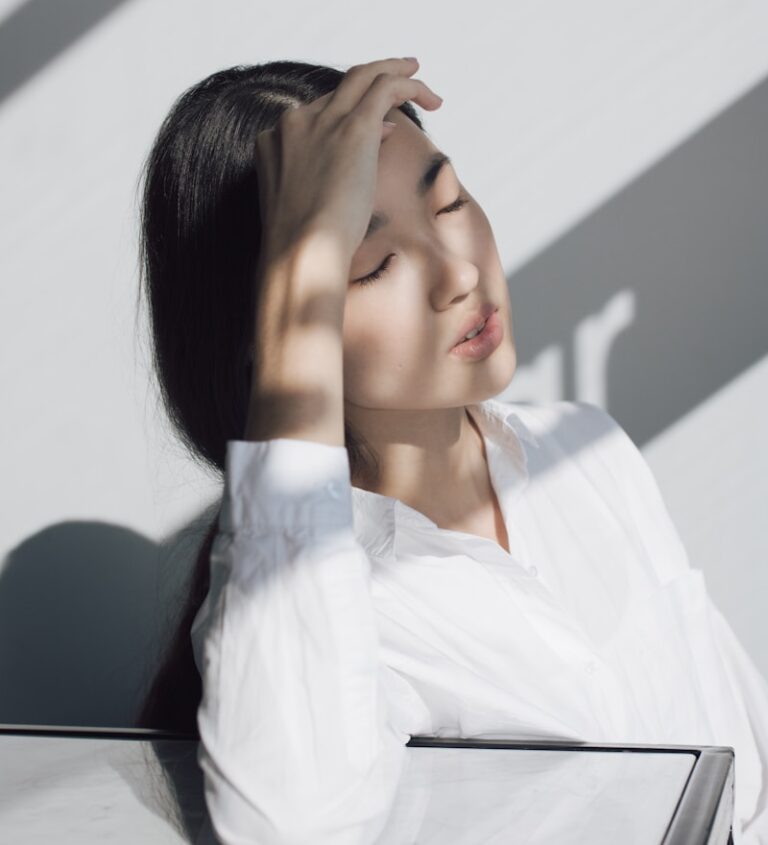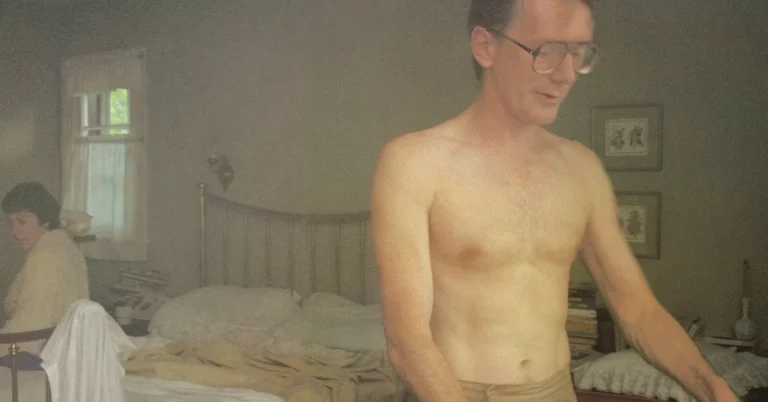Ted Lasso fans kept believing for long after the end credits rolled on season 3, in early 2023. Two years later, it’s officially happening: the heartwarming football sitcom is coming back with new episodes.
While the show was never officially cancelled, the original plan had it ending after three seasons. Thankfully, the streaming powers that be reconsidered, and we’ll get a chance to catch up with Ted and the gang. Sometime soon, perhaps?
Ted Lasso Season 4 Release Date
Apple announced the series’ renewal in March 2024 but hasn’t confirmed a Ted Lasso season 4 release date yet.
At the time of writing, casting is underway, with the show looking for a young actor to play coach Lasso’s son Henry. While Juno Temple hasn’t confirmed she’ll be returning as Keeley, negotiations are underway.
Filming is expected to kick off in summer 2025. Depending on how quickly production wraps, we’re speculating that new episodes could arrive in early 2026.
It would be nice to get a 2025 premiere date, maybe around the holidays. However, that might not give the showrunners enough time to map out a satisfying story.
Ted Lasso Cast
- Jason Sudeikis as Ted Lasso
- Hannah Waddingham as Rebecca Welton
- Jeremy Swift as Leslie Higgins
- Brett Goldstein as Roy Kent
What Will Happen in Ted Lasso Season 4?
Ted Lasso revolves around the titular character, an American football coach who relocates to London to coach an English soccer team. He has no experience with the sport, but his folksy optimism, open mind, and compassionate approach end up making a big difference.
Season 3 ended with Lasso heading back to Kansas to reunite with his son. At the same time, Keeley and Rebecca were excited at the possibility of creating an AFC Richmond Women’s Team. It looks like their efforts pay off. Jason Sudeikis, who plays Lasso, confirmed that he will be coaching a women’s team in season 4.
Not much else is known about the new episodes. Based on how the previous season ended, there’s a chance we’ll see Rebecca settle into family life and Roy manage the men’s team. Hopefully, we’ll get updates on what the players are up to and coach Beard will join Lasso for his new adventure. Their dynamic has always been fun to watch.
Are There Other Shows Like Ted Lasso?
While it’s nice to know that Ted Lasso will return, it’s going to be a bit of a wait until fresh episodes hit streaming. You might want to sample something else in the meantime.
Shrinking, also on Apple TV+, is created by some of the same minds behind Ted Lasso, and follows a therapist grieving after his wife’s death. While it centres on therapy rather than football, it has the same mix of heart and humour that made Ted Lasso such a huge hit.
Other shows that give off similar vibes include Friday Night Lights, The Good Place, Scrubs, Sports Night, and Brockmire.
